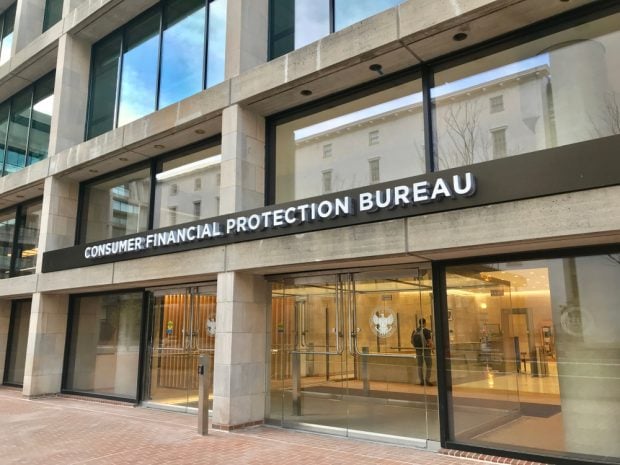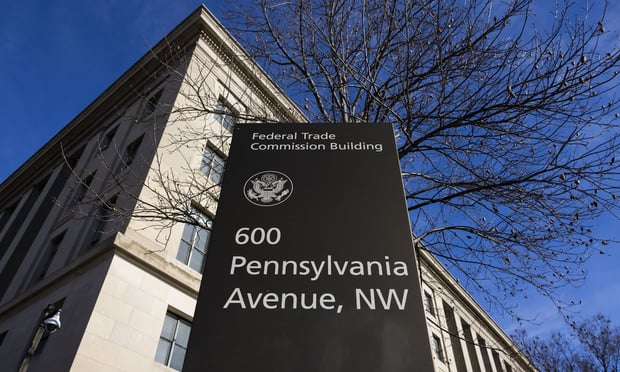The lifespan of a fraudster is short but prolific. After a sharp and unexplained drop in identity thefts in 2010, fraud schemes climbed 12.6% in 2011, according to research by Javelin Strategy & Research.
The cost adds up: The mean cost for new-account fraud is $3,197. In addition, if someone succeeds in opening up an account, it typically only takes about seven days to wreak millions of dollars of damage across a wide network of unsuspecting customers. Yet it typically takes institutions an average of 151 days to detect a fraud occurrence.
This means that by the time account holders realize they've been cleaned out and their banks are calling their customers about irregular account activity, or when their credit card companies are sending them notification letters, fraudsters have already vanished into thin air. But they'll most assuredly be back.
Where is the disconnect? Why is our industry – on the whole – so slow to react?
Some credit unions simply conend that they have the strongest defense against industry theft at origination, so don't see the need to check again after the accounts are opened. Further, to some degree a certain amount of fraud is bound to get through because the cost of ferreting out all of it would prove prohibitive.
With so many accounts being hacked in the first seven days of a fraudster's scheme, no financial institution or person is immune, even with the best systems in place. Fortunately, technology advances in this field have delivered new weapons to flag suspicious consumer data patterns early in an account's history – a huge milestone. Old tactics are simply insufficient to uncover criminal activity at its current level.
We have found that accounts that may have looked good when opened may have turned high-risk because of activity picked up by the latest technology – activity that homes in on how data is used across numerous transactions.
By shifting strategies and monitoring newly opened accounts, we have found significant lift for fraud captures among our customers due to the use of cutting-edge technology.
Some Tips to Help You Stop or Prevent Fraud
- Be aware that fraudsters most bulldoze their way through accounts and disappear within 15 days, yet it takes an average of 151 days to identify it.
- Be vigilant to warn your customers about fraudsters and identity thieves
- Ask your customers to pinpoint questionable behavior, such as new account openings without a birth date, but with the same name and Social Security number.
-
Re-check accounts after they have been opened, which can identify suspicious activity allows for a significant lift in fraud captures.
Last year, victims of a data breach were 9.5 times more likely to be a victim of identity fraud. Consumers who received a data breach notification had a fraud incidence rate of 19%, while consumers who didn't receive such a notification had a rate of 2%. Also, with a shocking 67% jump in data breach victims in 2011, the increase correlates directly with the rise in identity fraud victims.
This rise in identity crime comes as banks and lenders continue to look for ways to improve their profit margins on their credit holdings. It also underscores the need for more advanced tools to help credit unions detect and nab fraud perpetrators, who steal billions of dollars – both from them as well as innocent consumers.
Keir Breitenfeld is senior director, Fraud and Identity Solutions, for Experian Decision Analytics.
Complete your profile to continue reading and get FREE access to CUTimes.com, part of your ALM digital membership.
Your access to unlimited CUTimes.com content isn’t changing.
Once you are an ALM digital member, you’ll receive:
- Breaking credit union news and analysis, on-site and via our newsletters and custom alerts
- Weekly Shared Accounts podcast featuring exclusive interviews with industry leaders
- Educational webcasts, white papers, and ebooks from industry thought leaders
- Critical coverage of the commercial real estate and financial advisory markets on our other ALM sites, GlobeSt.com and ThinkAdvisor.com
Already have an account? Sign In Now
© 2024 ALM Global, LLC, All Rights Reserved. Request academic re-use from www.copyright.com. All other uses, submit a request to [email protected]. For more information visit Asset & Logo Licensing.









